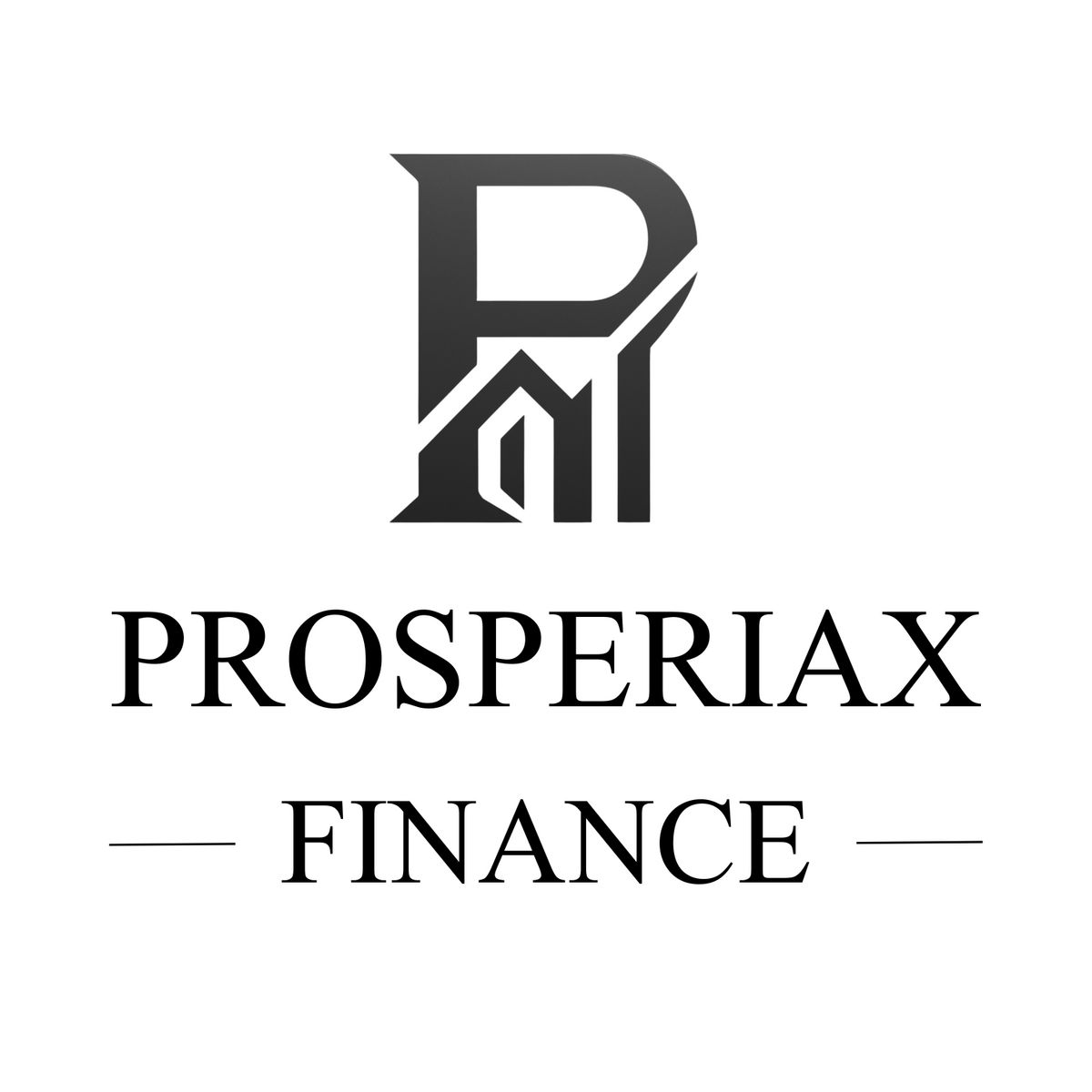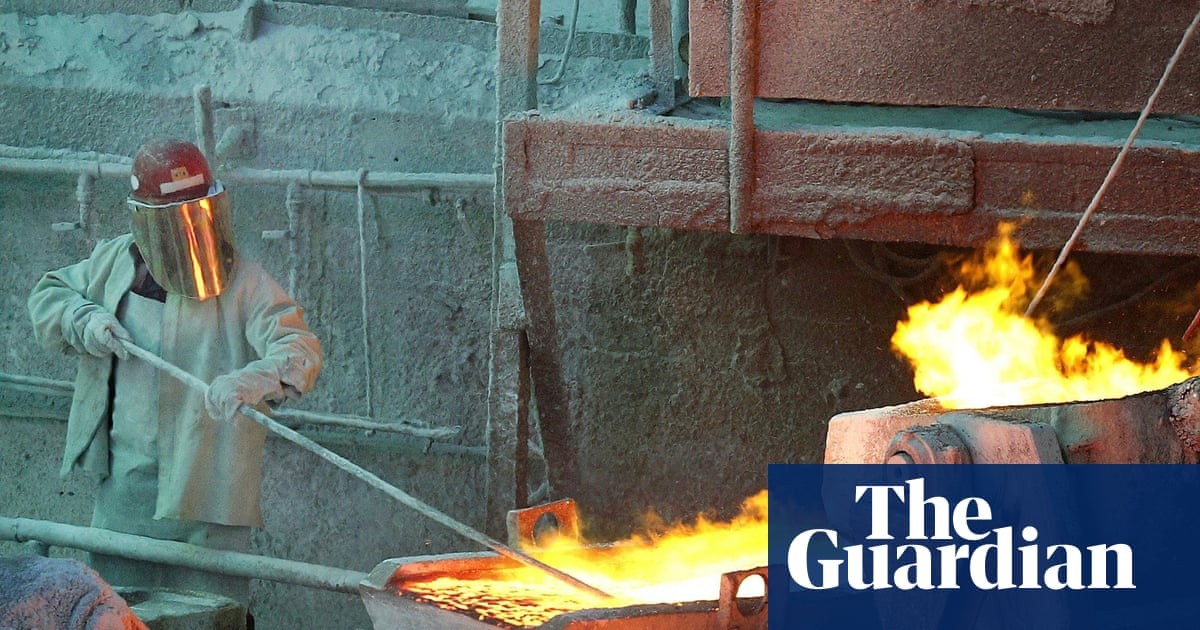Every few years, markets rediscover something they should not have forgotten: the value of real materials. In a world of bits, leverage, and digital promises, metals quietly hum in the background — steady, tangible, indispensable. At Prosperiax, we view gold, silver, and copper as more than commodities; they’re the oldest form of credibility in a financial system that constantly reinvents how to test it.
Gold leads the way. It doesn’t offer yield or promise innovation, yet it just broke through $4,000 per ounce this year. That isn’t speculation — it’s a repricing of trust. Every time real yields fall, the dollar weakens or central-bank credibility is questioned, gold stands firm. It isn’t about “beating inflation”; it’s about surviving regimes. The longer you hold it, the more you realise its return is measured not in yield but in time — in how long it lets you stay invested elsewhere without liquidation pressure.
Silver moves in a different rhythm, but the same song plays. As of October 2025, silver traded around $52 per ounce, up roughly 50–60% year to date. It bridges two worlds: the monetary-safe haven of gold and the industrial engine of copper. When those impulses align, silver behaves less like a “precious metal” and more like a high-beta play on confidence itself. That dual nature is why silver outpaces many peers during recoveries and softens the blow during macro stress.
Copper, meanwhile, has become a quiet proxy for the world’s next build-out. The International Energy Agency and other major analysts point to a looming structural supply gap — demand from electrification, data centres, and renewables is rising faster than new mine capacity can come online. The red metal isn’t about quick trades; it’s a thesis about the new infrastructure. At around $5.00 per pound (≈ $11,000/tonne) as of late October, the pricing looks less like a spike and more like a new baseline.
Together, these three aren’t separate bets. They form a resilience stack: gold as ballast, silver as amplifier, copper as the structural growth line. Each thrives under a different condition — policy ambiguity, reflation, or infrastructure investment — yet all gain when the world forgets that value still needs substance.
We don’t call that optimism; we call logic. Markets cycle through fashions, but scarcity and trust don’t go out of style. Metals remind us that behind every digital ledger lies a finite physical system quietly setting the floor beneath our abstractions.
—
Education, not investment advice.
Sources:



